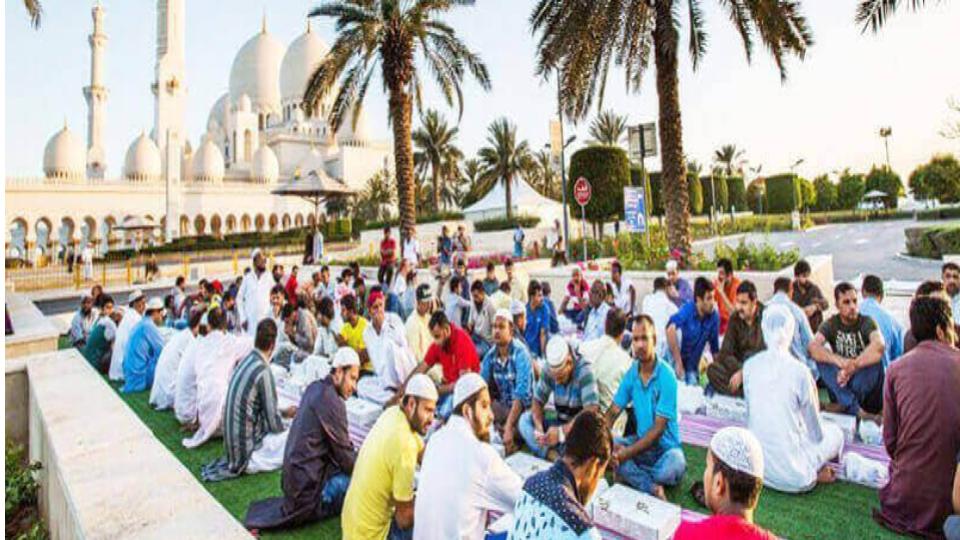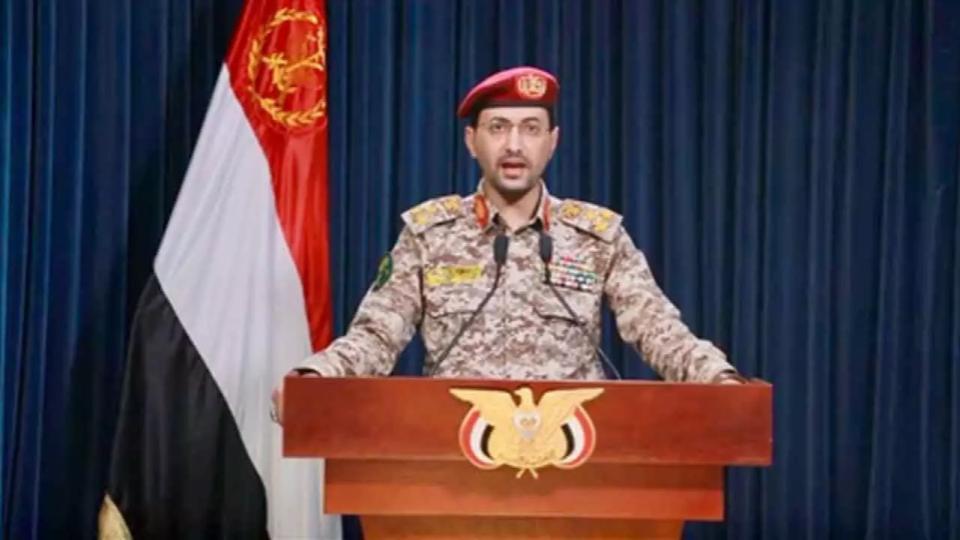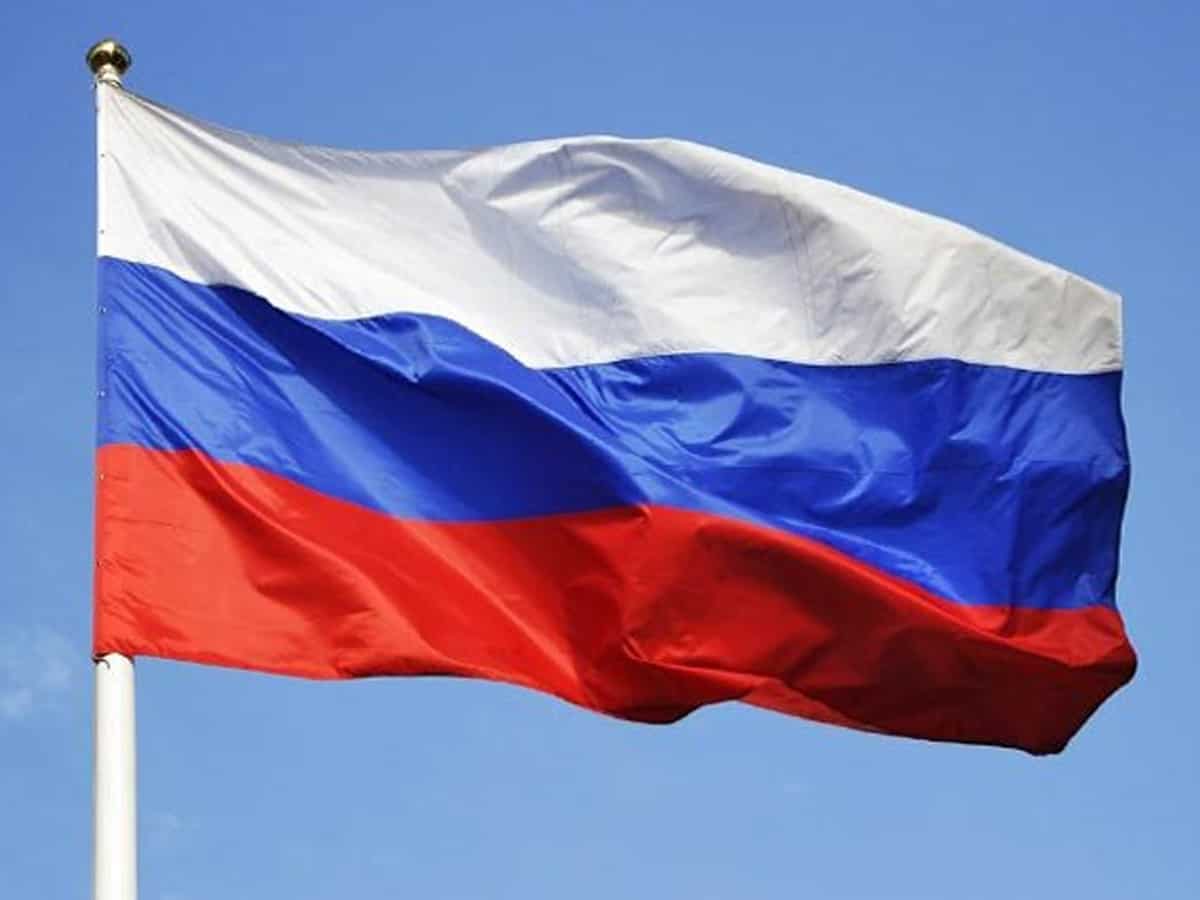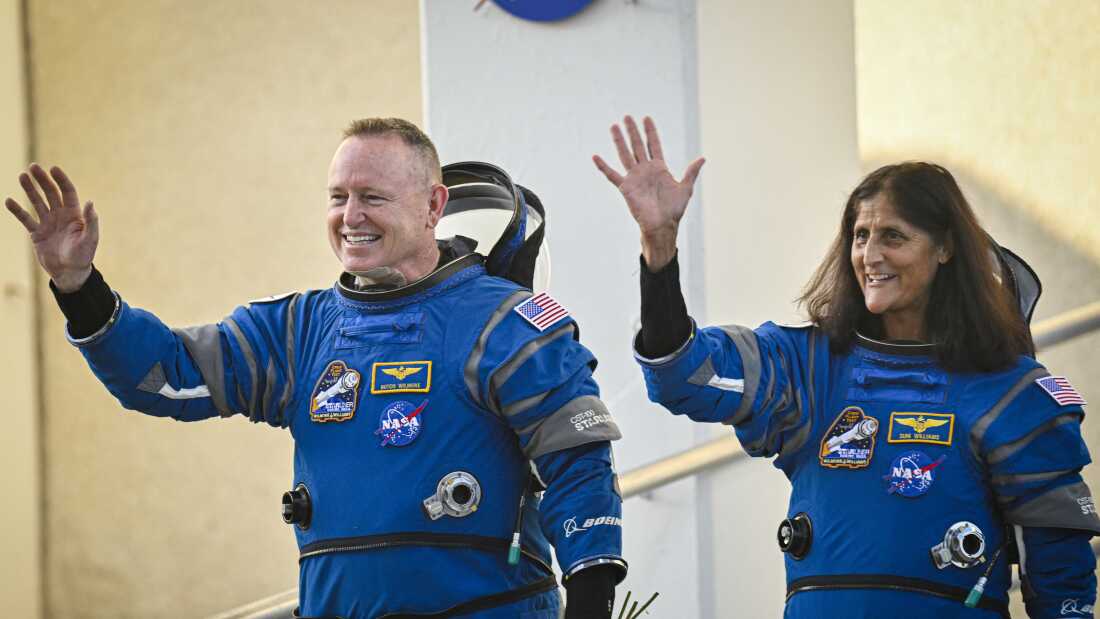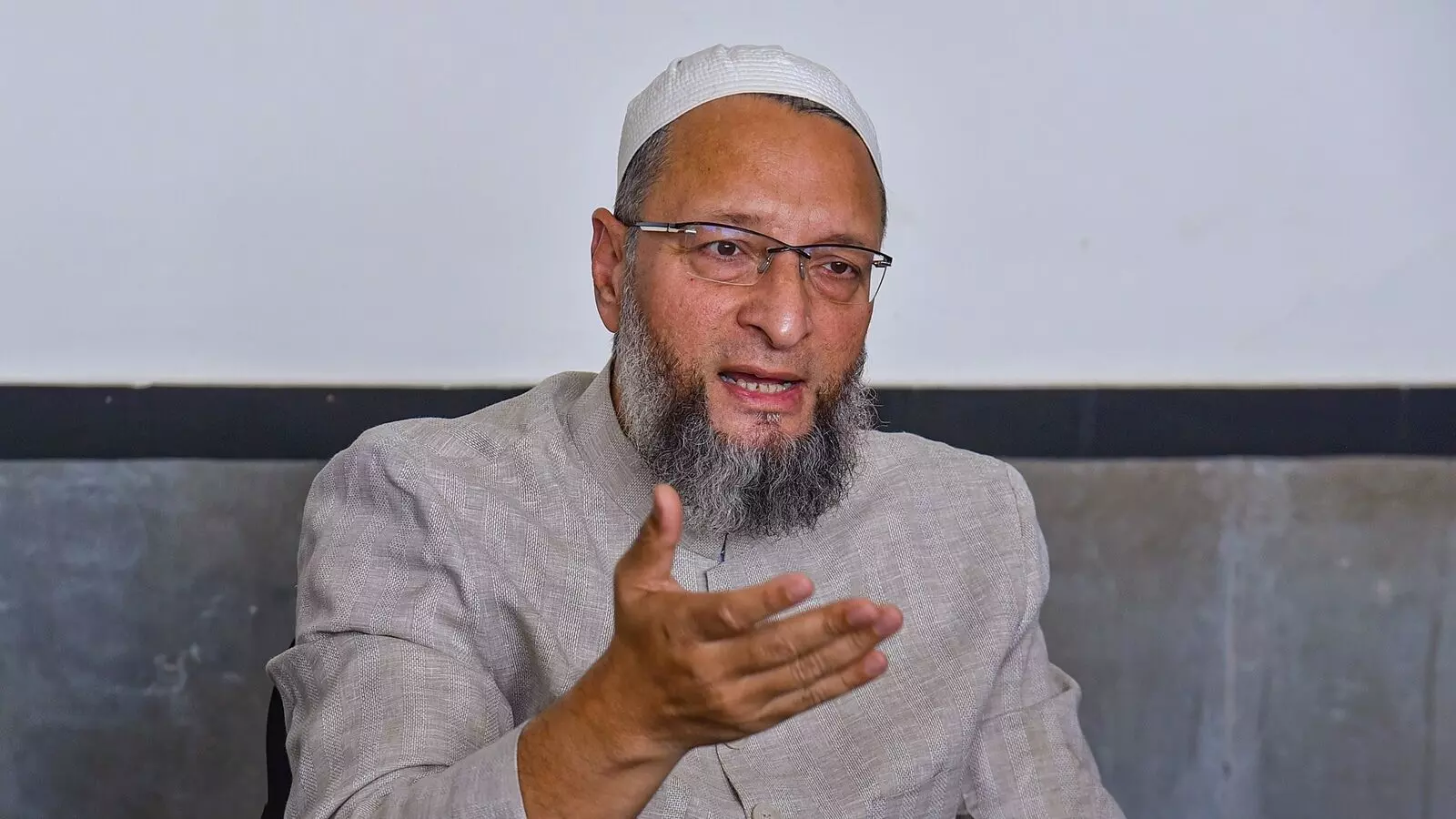Mobile app saves 12,000 flood victims in Kerala
Sat 08 Sep 2018, 17:21:21

New Delhi: Proving how mobile technology can also save human lives during disasters, an app designed by researchers of Amrita Vishwa Vidyapeetham University for disaster management has helped locate, rescue and provide relief to over 12,000 people stranded in floods all over Kerala.
Among rescued are Jyothi Pillai’s parents. Jyothi who lives in Mumbai — one of the three children of T.K. Somashekhara Pillai (68) and Leelamma (64) — panicked when she heard about the Kerala floods. Being far away from her aged parents, she was frantically trying to contact several people to save them. She had called several helplines for immediate help. She downloaded the app from the Amrita university’s website and entered her parents’ details, asking for help.
Researchers at the Amrita Center for Wireless Networks & Applications (AmritaWNA) customized the Android app, called AmritaKripa, to specifically cater to the recent Kerala floods. Apart from over 3,000 entries in two days, more than 500 real time entries were from people willing to provide relief-and-rescue services. The app was used in tandem with the “Amrita Help Line” set up by students and faculty volunteers at the university’s Amritapuri campus in Kollam district.
AmritaKripa is a multilingual, user-friendly mobile and Web application for the effective and timely management of rescue, relief and rehabilitation efforts towards the management of any kind of disaster such as earthquakes, floods, hurricanes and tsunamis. It is available for free at Google Play Store. According to Amrita officials, the app was developed keeping in mind the various needs of the end users, including disaster survivors, relief providers, relief-camp coordinators, rescue teams and administrators. Once registered, app users can select options such as “rescue me now,” “request medical,” “request supplies” and “offer supplies.”
Currently the app works in Malayalam and English, but AmritaWNA will continue to add languages, with the goal of making AmritaKripa an app that can be used by anyone, anywhere in the world. The university authorities have strongly urged people living in disaster prone areas and rescue services to download the free app on their smart phones so that it can be used in times of a
natural calamity.
natural calamity.
“By directly linking the help-seekers and providers in a post-disaster environment using smart phones and the Internet, we are helping expedite the relief-and-rescue operations and improve their effectiveness by making them targeted at the individual level. We want this to be a worldwide app. The Kerala floods were its first deployment, but it is ready to be used in future disasters as well,” Maneesha Sudheer, Director of AmritaWNA said.
During rescue operations, Amrita researchers found that people who required help were not always able to reach helpline numbers due to the limited number of parallel calls that helplines could handle. This was negatively impacting rescue efforts and their timeliness. To address this gap, researchers developed the app to connect survivors and rescuers in dynamic and volatile disaster situations.
“The use of smartphones with data services is widespread, even in rural areas. Even though mobile networks may get disrupted during a disaster, they also get restored rather quickly. Phone lines may get busy but the data network stays resilient. In disaster situations, pinpointing locations of survivors is the key,” said Sethuraman Rao, Team Leader at AmritaWNA.
“In the AmritaKripa app, location data is picked up automatically based on user location using real-time GPS data. Users can also enter data to the nearest landmark location, and the app has the capability to automatically identify the user’s location. By building a robust, durable suite of applications that can be readily deployed in these situations, Amrita seeks to improve the effectiveness, traceability and scalability of such efforts,” he said.
Some key features of the AmritaKripa app are ability to request for rescue, medical help, supplies such as food, clothing, medicines, shelter, and services such as water, electricity, telephone services, etc. This feature can be used by disaster survivors and relief-camp coordinators. The App has the ability to offer rescue, medical help, supplies such as food, clothing, medicines, services and shelter. This can be used by the relief providers individuals, organisations and the government and to report people missing, people found orphaned, either conscious or unconscious, or dead.
No Comments For This Post, Be first to write a Comment.
Most viewed from National
Most viewed from World
AIMIM News
Delhi Assembly polls: Owaisi leads Padyatra in Okhla
Feb 01, 2025
We reject this Waqf Amendment Bill: Asaduddin Owaisi
Jan 30, 2025
Latest Urdu News
Most Viewed
May 26, 2020
Do you think Canada-India relations will improve under New PM Mark Carney?
Latest Videos View All
Like Us
Home
About Us
Advertise With Us
All Polls
Epaper Archives
Privacy Policy
Contact Us
Download Etemaad App
© 2025 Etemaad Daily News, All Rights Reserved.

.jpg)
.jpg)
.jpg)
.jpg)
.jpg)
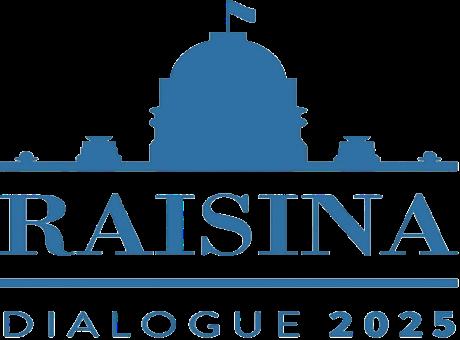
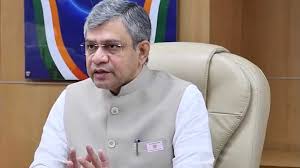
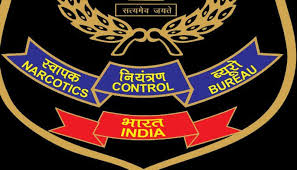
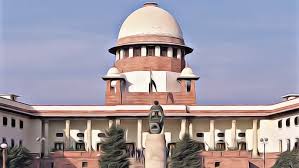
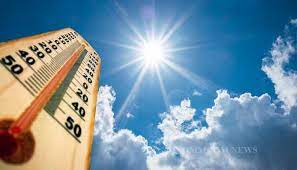
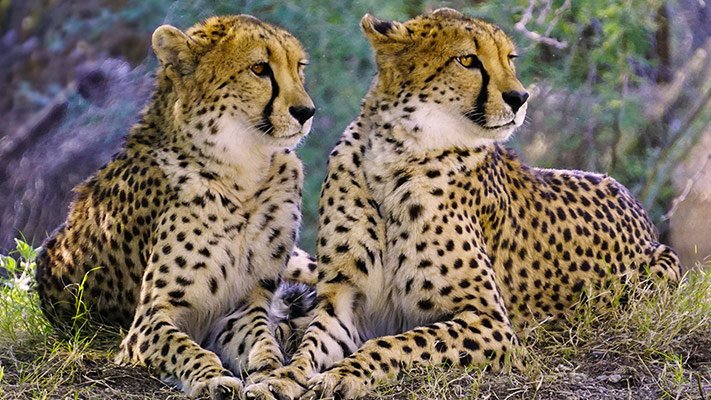
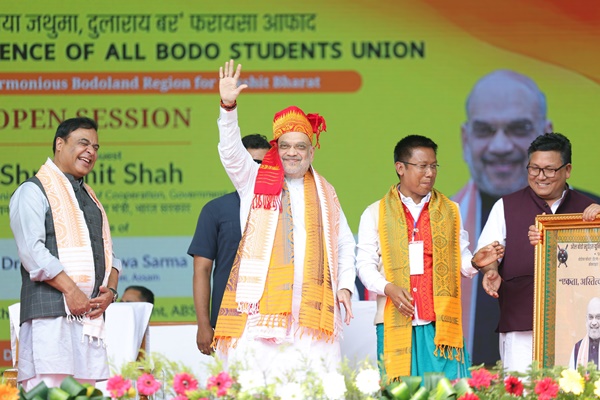
.jpg)
.jpg)

.jpg)
